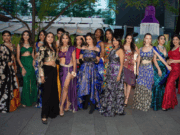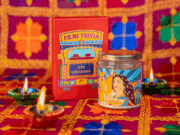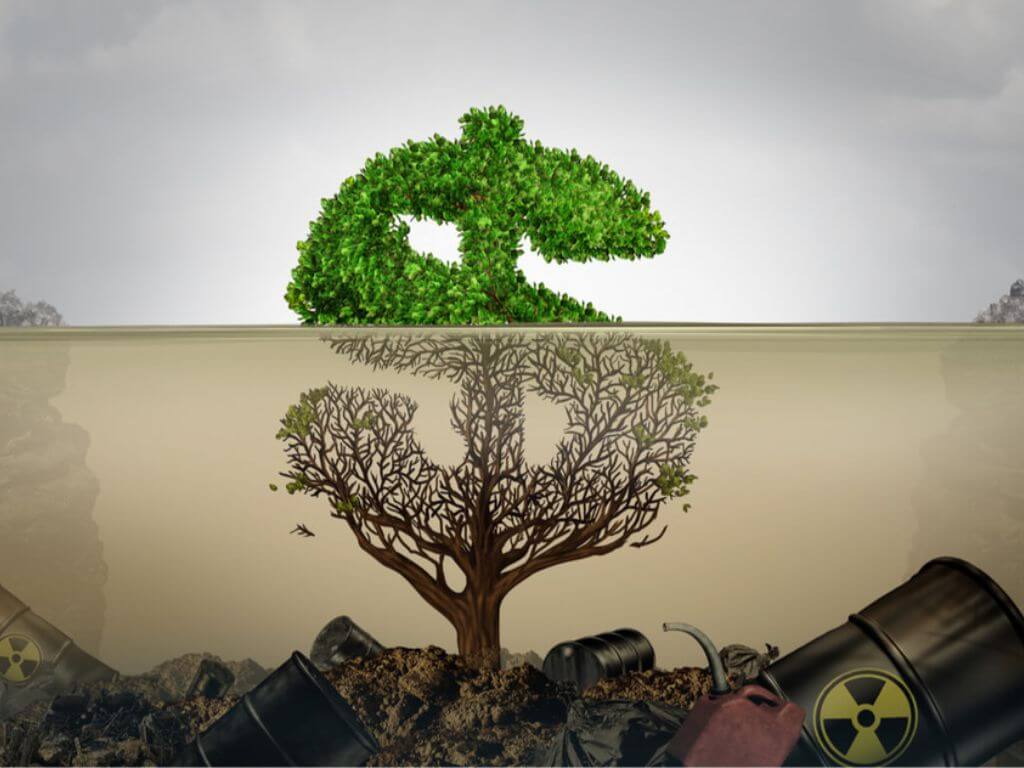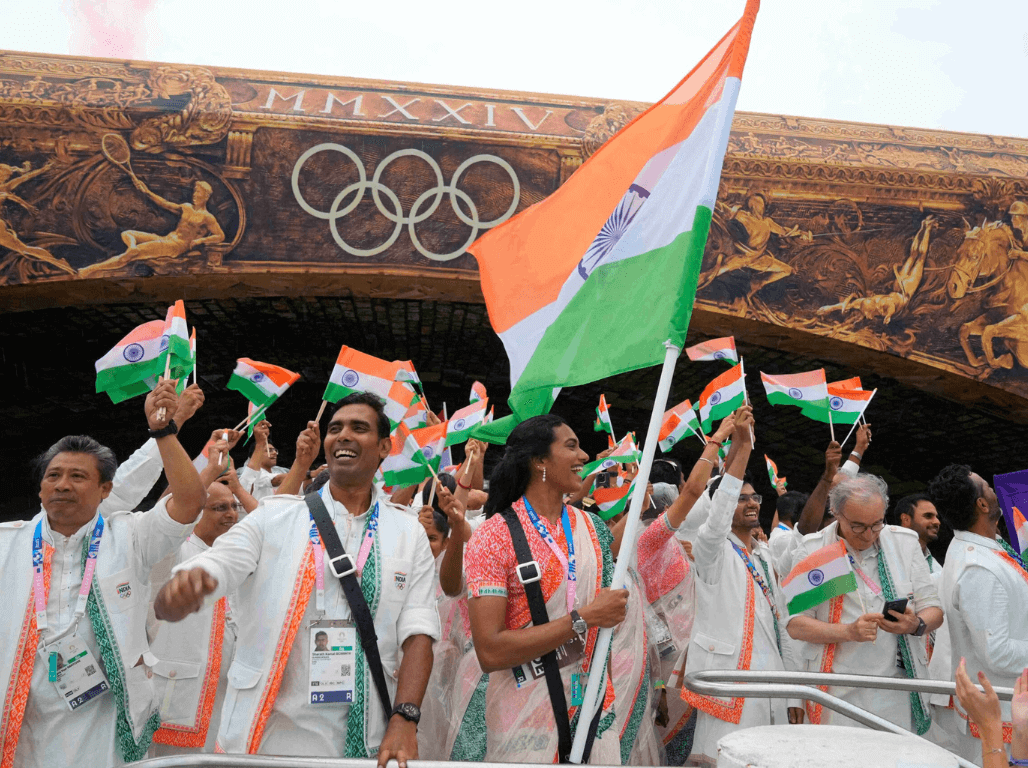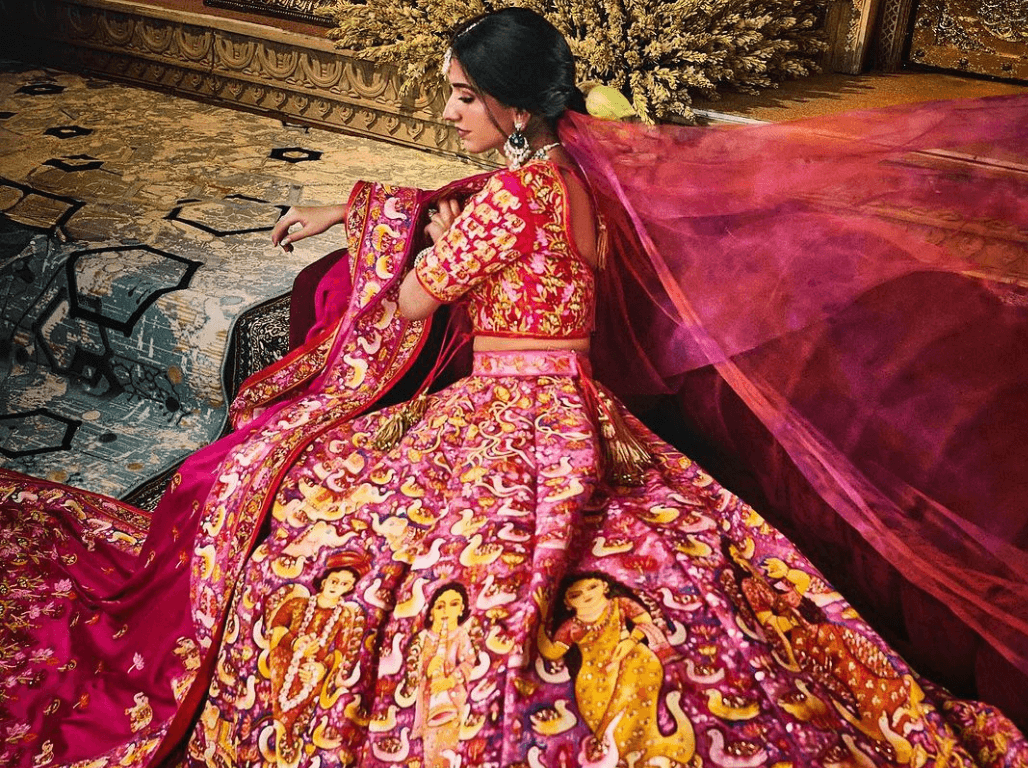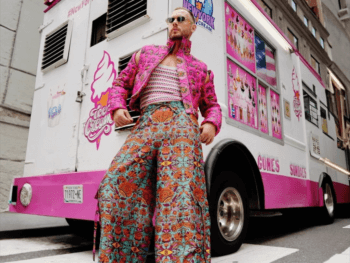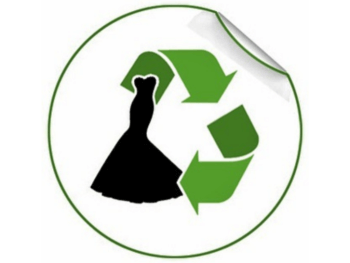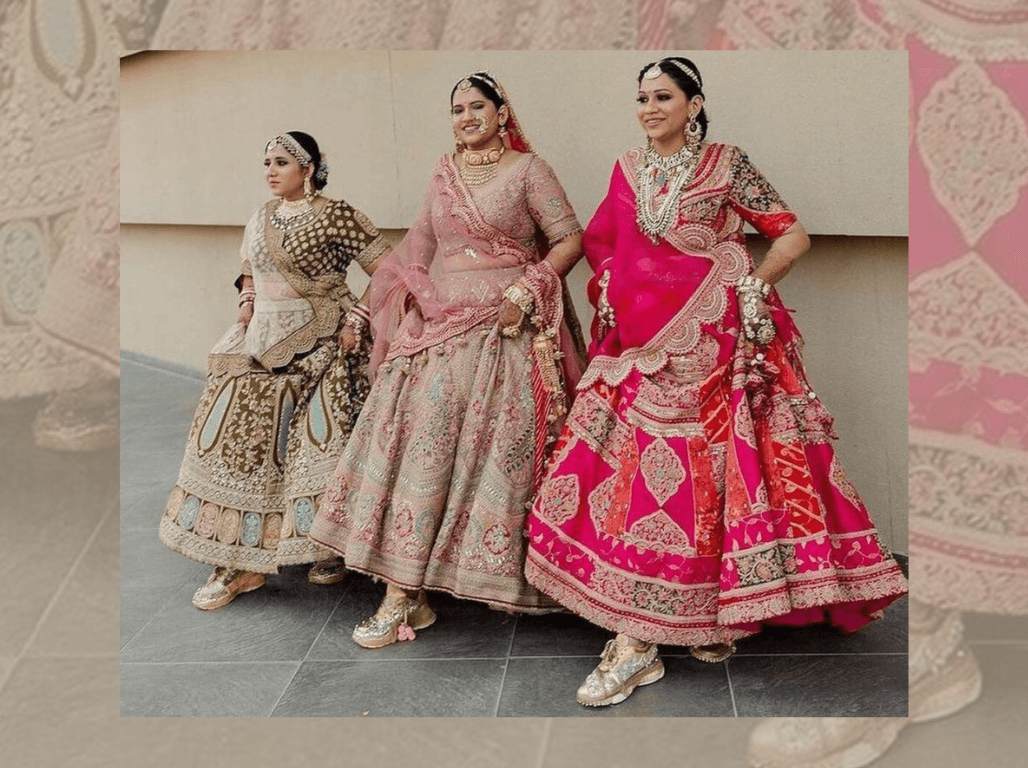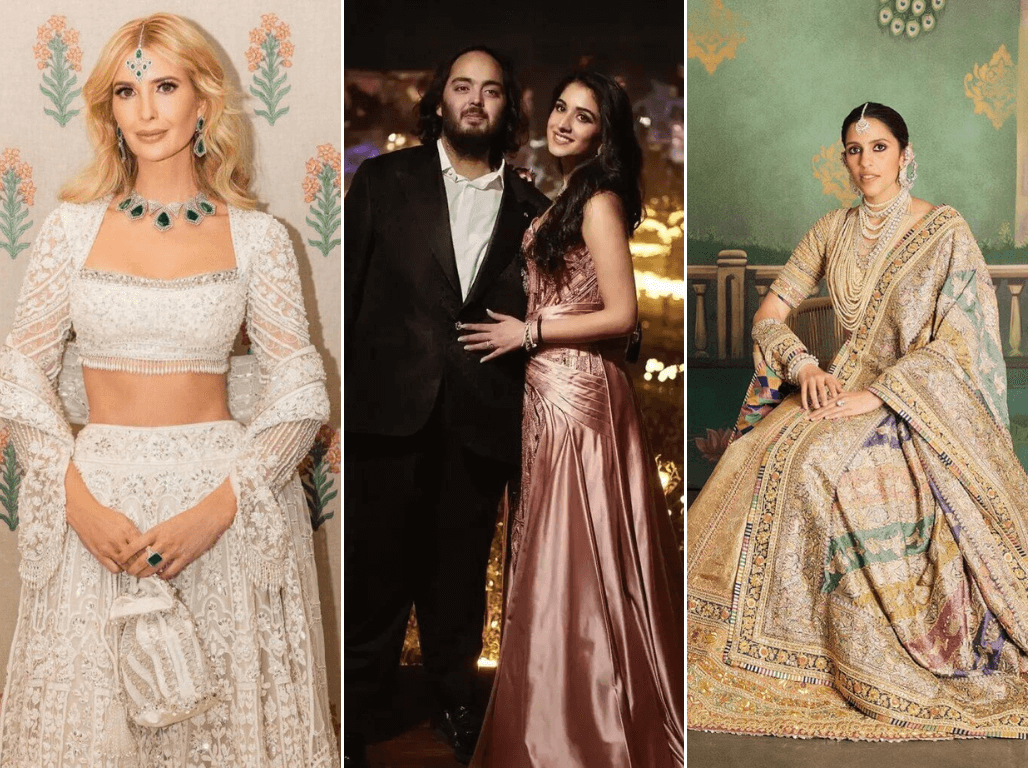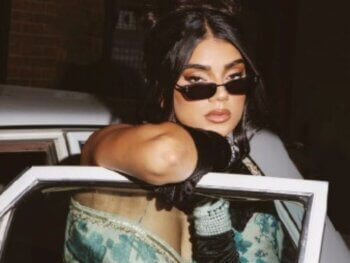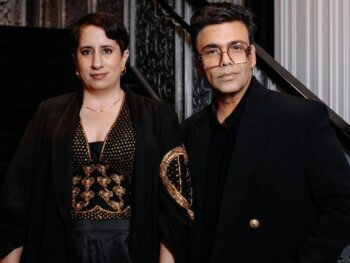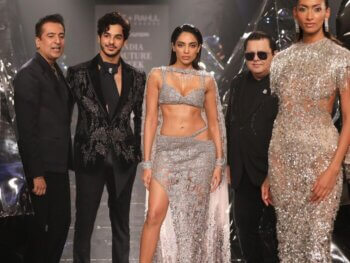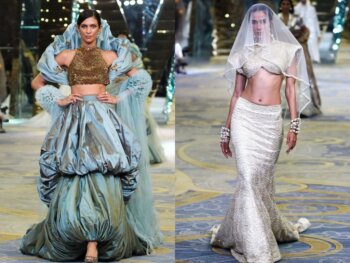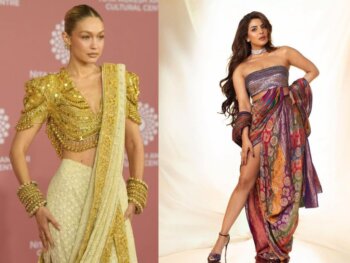With fast fashion getting the reckoning as of late for their contribution to the world’s mass pollution through landfills, and human labour abuses with their South Asian-based mills, there has been a unique quasi-movement from within to put the climate-conscious minds at ease. That is the idea of “Greenwashing.” The idea is that these same fast fashion companies are trying to “wash” away their crimes by launching various recycling initiatives. But if they continue to get their garments made in the overcrowded (and in some cases lethal) factories in Bangladesh, what exactly are they trying to prove? In the spirit of Earth Day, we take a closer look at the “Greenwashing” phenomenon and what does it all mean?
Today, many consumers pride themselves on being conscious of their purchases’ impact, such as influencing social issues, being better for the environment, or being good for the overall economy. In fact, Built In reports that a potential buyer will “…do their homework and look at who is providing the product or service that they would like to purchase, and how the product or service impacts the environment and society through its design, delivery and even discard.”
With consumers’ mindsets changing, companies have realized that they need to get with the times or get left behind. As such, many businesses have started tooting how ethical or ‘green’ their products are, particularly in fashion.
However, the lie detector has determined that many of these companies were actually lying.
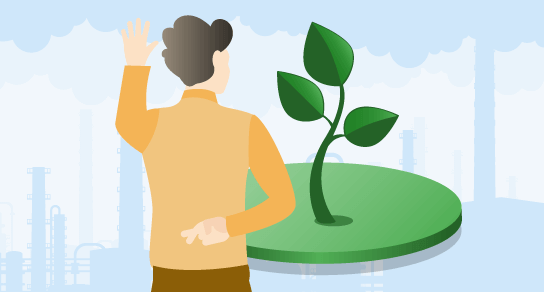
If you’re not convinced, Good On You notes that “in its July 2021 report, the not-for-profit Changing Markets Foundation highlighted that as many as 59% of all green claims by European and UK fashion brands are misleading and could be greenwashing—a stat that seems to apply to the industry at large.”
I know, we were as shocked as you are.
What is greenwashing?
Essentially, what many brands have been doing, particularly fast fashion companies, is engaging in greenwashing. Greenwashing is what happens when a company engages in marketing efforts that make it appear as though they care about being ‘green’ or ethical, but they’re not. According to Good On You, this happens in various ways, including through “…outright deception, subtle advertising, and often as ambitious claims without full transparency around the actual impacts.”
What many brands have done is introduce ‘eco’ lines, but many of these collections represent a small portion of their overall products. As well, these collections don’t tend to be substantially greener than the rest of the company’s products, making the impact minimal, at best. For example, Good On You highlights that “…brands had an average of 49% natural fibres in their classic collections and an average of 53% in their sustainable collections.”
Maybe it’s just me, but the math just doesn’t seem to be mathing here.
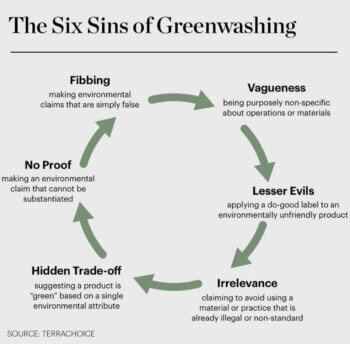
Why is greenwashing a problem?
Fashionista blew me away with this stat: “The fashion industry accounts for as much as 10% of global carbon dioxide emissions, while producing an estimated 20% of global wastewater.”
Unfortunately, many fast fashion companies (along with others) are preying on the desire people have to express themselves with fashion products that are affordable. However, these accessible pieces tend to have a steep price for the environment as they’re created en masse, on a daily basis “…from plastic-based fabrics at an average price of just about $10 and engaging in manufacturing practices that have a daunting human toll,” notes Fashionista.
Did I mention that many of these pieces wind up in landfills due to the nature of fashion and its quickly changing trends?
In addition, when a brand is discovered to be engaging in greenscamming, this can be to the detriment of their brand and business as shoppers lose faith in the company. So why do it to begin with?
Make it make sense!
Another major issue is the substances that are used to make clothing or colour them can have serious impacts on the environment and, in turn, humans. For example, “water that is chemically contaminated kills organisms that are in or close to streams, therefore reducing ecological biodiversity in these regions,” highlights Earth.org. When water gets contaminated, this can have a chain reaction as this same water is used to grow the food that humans will then consume and be affected by.
What’s even more unsettling is the inhumane practices that go into fast fashion behind the scenes. According to Earth.org, “in Bangladesh, workers are paid about 33 cents per hour, while the average wage in sweatshops in India is barely 58 cents,” which only accounts for “…half to a fifth of what a family needs” to survive. As you can imagine, the conditions in these sweatshops are not giving wholesome and pleasant vibes. Instead, workers are made to work long hours, subject to abuse by their employers, and are forced to work with harsh ingredients “…without enough ventilation,” notes Earth.org.
It would appear that many fast fashion companies have chosen to block out the horrific Rana Plaza tragedy that cost 1,100 people their lives and harmed 2,500 when the “…retail and apparel manufacturing complex crumbled” in 2013, notes The New York Times. Despite knowing that they are putting employees at risk, many fast fashion companies continue to take advantage of the lax laws and lack of government intervention in developing nations and keep churning out their products. Unfortunately, companies know employees need their jobs too much to complain, making countries like India and Bangladesh prime targets for fast fashion manufacturing jobs. This begs the question: will there have to be another Rana Plaza catastrophe for fast fashion businesses to be held accountable?
The bottom line, harsh as it is, is this: these practices are dishonest and harmful to the environment, all of which ultimately take away from real sustainability efforts that can better the environment and improve human health.
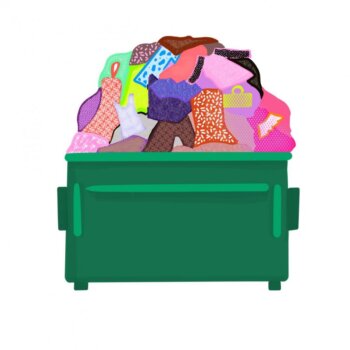
Who is guilty of it?
We hate to be the bearer of bad news, but chances are you may have been duped by a scheming greenwashing company, and we don’t fault you because it’s hard to distinguish who can or cannot be trusted sometimes. To help you out in the future, here are a few of the biggest greenwashing culprits in the biz:
- H&M
- Zara
- Uniqlo
- Nike
- SHEIN
- ASOS
- Boohoo
- Lululemon
- Adidas

It’s hard to believe that some of these iconic brands would be engaging in greenwashing or that they get away with it. However, if you’d like to know how to protect yourself and make a more conscious decision when shopping, moving forward, here are some tips from Good On You:
- When a company talks about cutting back on their “carbon emissions at the head office” it’s not a good sign. What they should also be highlighting is how they plan to decrease “…greenhouse gas emissions across their entire supply chain.”
- Similarly, be weary of companies that celebrate “…minimal, recycled, or “recyclable” packaging as their primary strategy for reducing waste.” This should be a holistic measure that they apply across their entire business, not just one aspect.
- Many brands are willing to make claims about what environmental goals they want to achieve. While these promises are comforting, do not be fooled! Instead, pay attention to whether the company is actually providing updates about their progress to achieve its targets.
- Try not to get blinded by buzzwords, like ‘sustainable,’ ‘eco-friendly,’ or ‘green.’ Often these sustainable efforts are only applied to a small collection and “…it doesn’t mean that the brands have made a complete overhaul of their business models overnight.” Unfortunately, in these instances, talk is cheap.
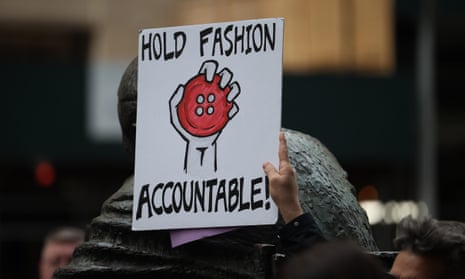
With more fast fashion companies being exposed for their misleading practices, such as greenwashing, we hope that others will take note and make smarter choices that can lead to more meaningful environmental, social, or economic changes in the future.
In the meantime, as shoppers, it’s even more important to be prudent about doing your due diligence when making purchases to ensure you’re supporting businesses that you genuinely believe in!
Main Image Photo Credit: www.themedium.ca
Devika Goberdhan | Fashion Editor
Author
Devika (@goberdhan.devika) is an MA graduate who specialized in Political Science at York University. Her passion and research throughout her graduate studies pushed her to learn about and unpack hot button issues. Thus, since starting at ANOKHI in 2016, she has written extensively about many challe...







